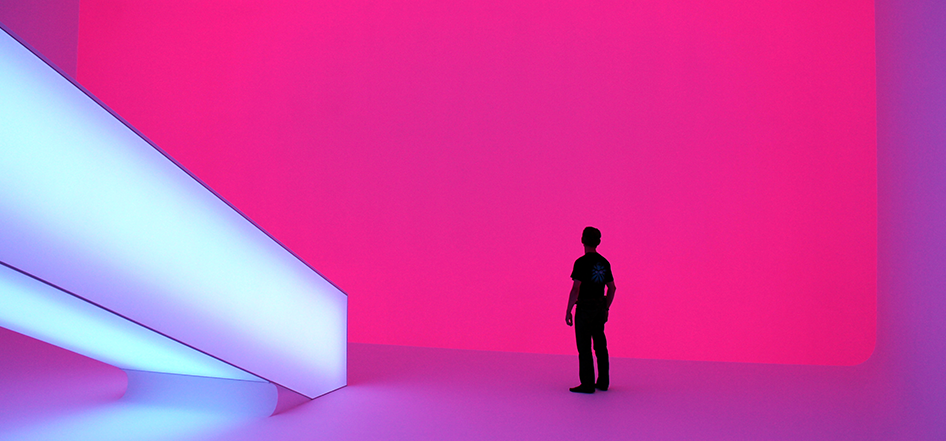Wednesday Class:
In today’s class, we were introduced to Korsakow, it was a software that allows us to put multiple clips into one, this will in order us to find similarities in between and discover the connections between yours and the others. I have never considered using it for my project so I didn’t expect too much before we learn how to operate it, but once I combined them and played them in the same frame, the similarities in between each other become very obvious. Combining with Hannah’s feedback from Thursday consultation, since I am using different colours and locations in each clip so I need to show constancy amongst each of them. So in my case, I think this is a tool that good for comparing, find similarities; differences and refining.
Came with questions:
- I was planned to film and edit two version for each colours(first is the designer’s initial intention when designing the location; second is something opposite to the colour and the place). Is this necessary?
- I will do 4 to 5 colours which means if I am editing two version, I will end up to submit at least eight video clips in total. Will this be too much that distract viewers from focusing on each one of them?
Consultation Summary:
- Hannah, Emma, and Vikki all suggested that each one of them is significant themselves so don’t put them in as one clip if I combine them together, the features maybe soften.
- Two version is not necessary. First, it is too much to have ten videos to submit at the end, and second, the pink version I showed during the consultation, they think has already delivered what I am aiming for this project.
- There is a constancy needed in each video, such as the same character used in each video clip, because they are filmed in different places, constancy; similarities will link them together as a series.
- make sure each clip is no longer than 20 seconds, first is not to let the viewers get bored and second is to keep the constancy.
- Question solved
– Constancy –
Instagram tag
Hand gestures, movements
body movements
same character
same length for every clip
– colours –
Pink = bored
Green = Disgust
Yellow = scared
Purple = joyful; satisfied
Fifth colour? To be decided






